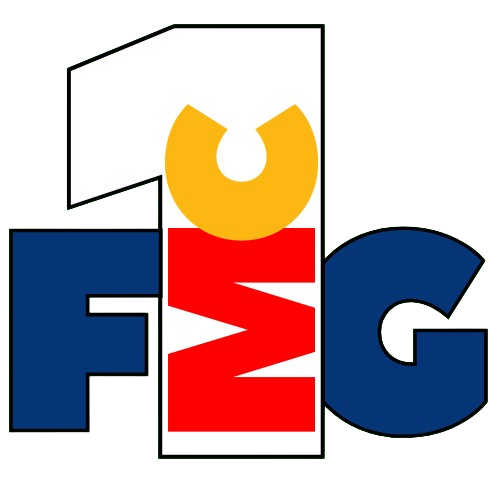Reckitt and Unilever Signal Diverging Fortunes in Consumer Health and Hygiene
Consumer goods giants Reckitt Benckiser and Unilever have delivered contrasting updates, offering a window into shifting dynamics across the FMCG landscape.
Reckitt Benckiser reported an 8.1% rise in like-for-like sales in its Health and Hygiene division for the first quarter, boosted by strong demand across its OTC portfolio, particularly painkillers and digestive health brands. Products under its wellness umbrella—like Nurofen and Gaviscon—continued to perform well with consumers increasingly focused on self-care. However, its Nutrition division saw a 10.2% year-on-year decline in sales, attributed largely to a normalization in its infant formula business following pandemic stockpiling and supply disruptions in the US market.
Pricing contributed a significant 5.4% to Reckitt’s overall growth, while volume growth remained modest at 2.7%. This pricing strategy reflects an ongoing industry-wide challenge: balancing inflation-driven cost recovery with maintaining volume momentum. Reckitt confirmed its full-year guidance of 3–5% like-for-like net revenue growth and maintained efforts to rebuild margins eroded during periods of high commodity inflation.
Unilever, meanwhile, delivered a small beat on expectations, citing price growth of 2.4% but a 3.6% drop in volumes—bringing total underlying sales growth to a muted -1.2%. The declines were most visible in key categories like Personal Care and Nutrition. Despite ongoing portfolio evolution, including strong execution in its billion-euro brands—such as Dove and Hellmann’s—the volume declines highlight consumer sensitivity to price increases and category-specific headwinds.
Unilever’s management reiterated their long-term strategy to drive consistent, profitable growth, with a focus on operational efficiency and brand focus. However, analysts remain cautious about volume recovery in the face of constrained consumer spending and increasing competitive intensity across categories.
Both reports underscore a broader shift in FMCG strategy: premiumisation, pricing resilience, and targeted innovation remain core pillars. Yet, volume growth—an historical driver of FMCG success—faces mounting pressure. With inflationary concerns easing, the next challenge for brands is restoring volume without sacrificing profitability, particularly in mature markets where wallet pressures persist.
As sector giants like

